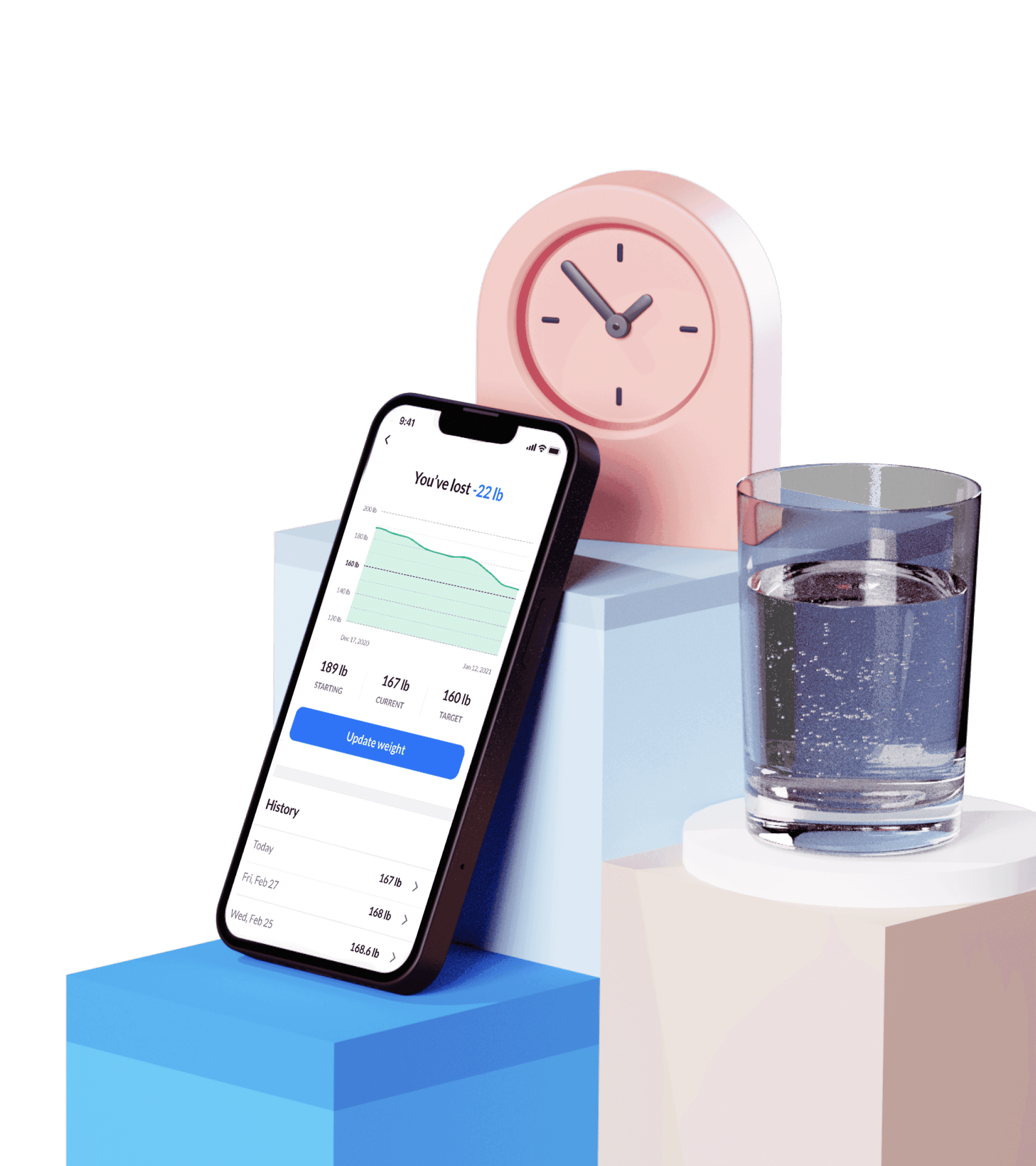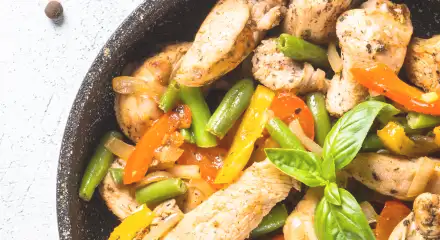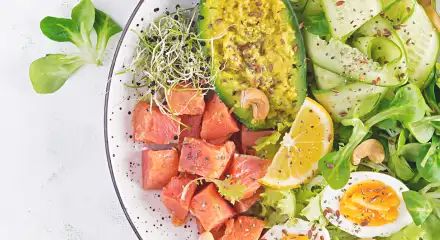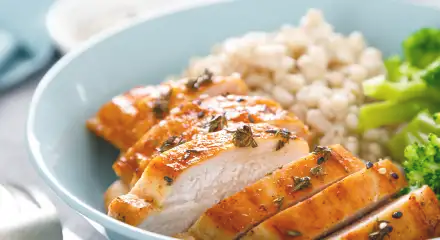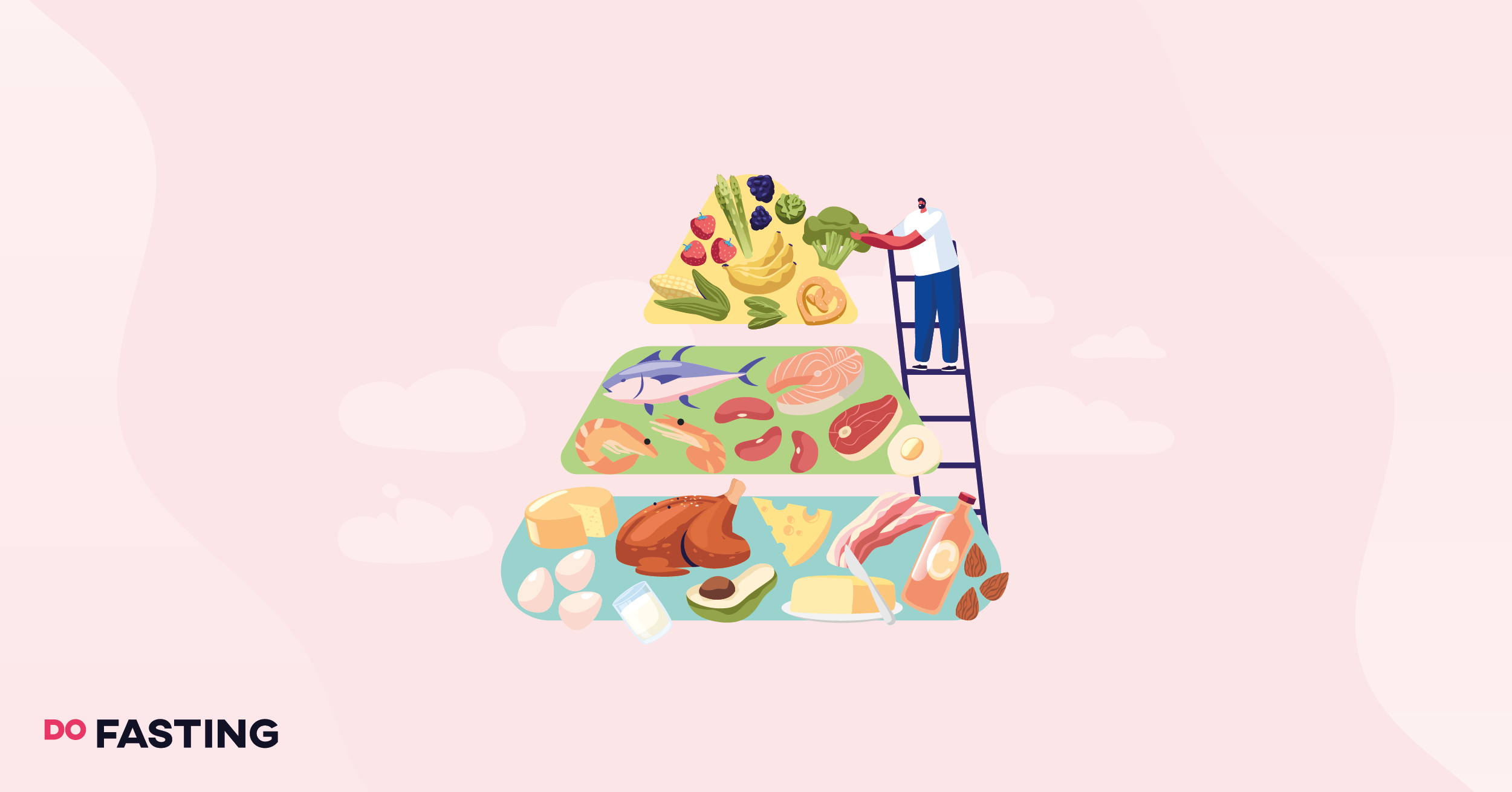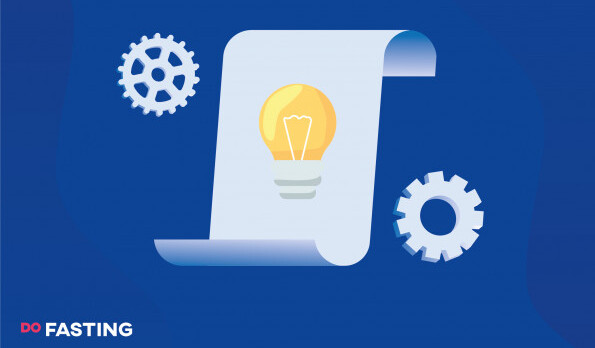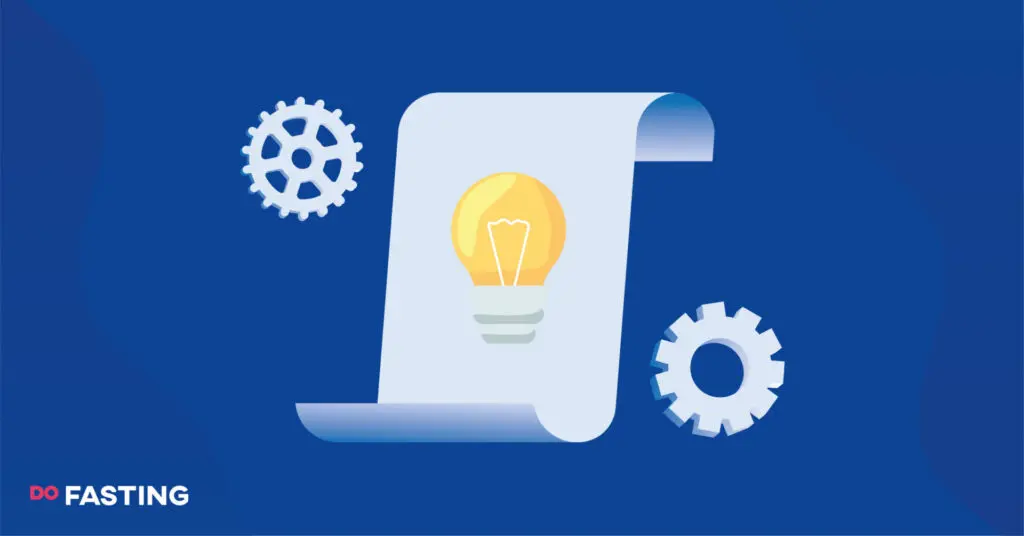Contents
What Are the Dirty Dozen and Clean 15?
The basis of any healthy diet is fresh produce. Do you know that some food items make it to the dirty dozen fruit and vegetable list? And some items make it to the clean 15 list?
These lists refer to how much pesticide residues are found on fruits and vegetables. The more residues, the “dirtier” they are. These lists are compiled by the Environmental Working Group (EWG) after checking data from the US Department of Agriculture and identifying which fruits and vegetables have the most pesticide residues and which ones are safe to eat.
After all, if you have to eat more fruits and vegetables, they should be safer to eat. Not that you should invite more health risks by eating them.
Take a
1-minute quiz
and discover how much weight you can lose with DoFasting!

What Forms the Dirty Dozen Fruits and Vegetables?
As mentioned previously, the dirty dozen fruits and vegetables are the ones in which the highest amount of pesticide residues are detected. This list consists of (in descending order of pesticide residues):
- Strawberry
- Spinach
- Leafy greens like kale, collard, and mustard
- Nectarines
- Apples
- Grapes
- Cherries
- Peaches
- Pears
- Bell and hot peppers
- Celery
- Tomatoes
Surprisingly, the dirty dozen vegetable list includes the leafy greens you are supposed to eat more of and vegetables like celery, peppers, and tomatoes, all of which may be used in salads.
If you don’t want to ingest pesticide residues and open yourself to multiple health problems associated with the dirty dozen fruits and vegetables, carefully look where they come from. Does the farm produce food that is ecological and organic? Is it certified?
Try to buy as much fresh produce from local farmers and try to avoid big corporate farms. Make sure you get to the right source, and you won’t have to worry about pesticides in food.
What Are the Clean 15 Vegetables and Fruits?
The clean list of fresh produce that contains the least amount of pesticide residues includes:
- Avocado
- Sweet corn
- Pineapple
- Onion
- Papaya
- Frozen sweet peas
- Eggplant
- Asparagus
- Broccoli
- Cabbage
- Kiwi
- Cauliflower
- Mushroom
- Honeydew melon
- Cantaloupe
These are safer to eat in large quantities.
How Does a Food Pyramid Help Individuals Eat a Healthy Diet?
The food pyramid advises that you should eat more fruits and vegetables, and they should form a large part of your diet. After all, vegetables and fruits have a lot of nutrients, antioxidants, and fiber, all of which are great for health. You should be having 5–7 servings of fruits and vegetables, some of them raw, during the day. On the other hand, if you eat fruits and vegetables from the dirty list, you can suffer from an overload of pesticide residues.
Vegetables should form a total of 40% of your food intake. Fruits should be 10%. When you follow the food pyramid suggestions, you should have grains and their products in the form of bread, pasta, potatoes, sweet potatoes, yam or cassava, and rice – these give you carbohydrates that the body uses for energy. Here, you should opt for whole-grain products as much as possible.
Oils, fats, and sugars should be consumed in very restricted quantities. If your daily diet should include 40% vegetables, what do you eat? According to the clean list, you can eat cruciferous vegetables like broccoli, cauliflower, and cabbage. Mushrooms and peas are also protein sources. Eggplant can be added to numerous dishes, and sweet corn and avocado also make a great addition to salads. If you buy your vegetables from a supermarket, avoid leafy greens with a high pesticide residue.
Frequently Asked Questions
· Should you avoid any of these dirty veggies?
You should certainly restrict the intake of “dirty” vegetables. Another alternative is that you buy organic produce that is grown without using pesticides. This may be more expensive, but the health benefits are worth the price.
· What is EWG?
EWG is the acronym for the Environmental Working Group that is non-partisan and activist, working to ensure consumer rights. It checks and verifies certain products for being environmentally safe and toxins.
· How to pick the best vegetables and fruits?
You should buy from places that sell fresh produce, such as farmer markets. If you are buying from supermarkets, make sure that the product is not old and was as recently picked as possible. If you buy unpacked fruits and vegetables, check that they look vibrant, feel heavy, and smell good.
· Can junk food be part of a healthy diet?
Junk food can lead to lifestyle diseases and obesity, among other problems. However, you can occasionally eat junk food, if you must, by making it healthier.
Choose to have your pizza made with wholemeal flour, add vegetables on top instead of processed meat. The same goes for pasta dishes. Making pancakes? Use whole grain flour instead, use lots of fruit and fruit puree or apple sauce, instead of syrup (or reduce the syrup). Avoid having fries, opting for yogurt and fruit as an accompaniment.
How does a food pyramid help an individual eat a healthy diet? Basically, it all goes down to staying vigilant and making healthier food choices whenever possible.
When you eat more fruits and vegetables and avoid the dirty dozen fruits and vegetables, restrict your intake of unhealthy foods, and eat a balanced diet, your nutrient requirements are met, and you are healthier.
Take a
1-minute quiz
and discover how much weight you can lose with DoFasting!

See how DoFasting will improve your life
Find out what works for you with this 60-sec quiz approved by our experts and get your personal revolutionary fasting assistant.
Start the Quiz